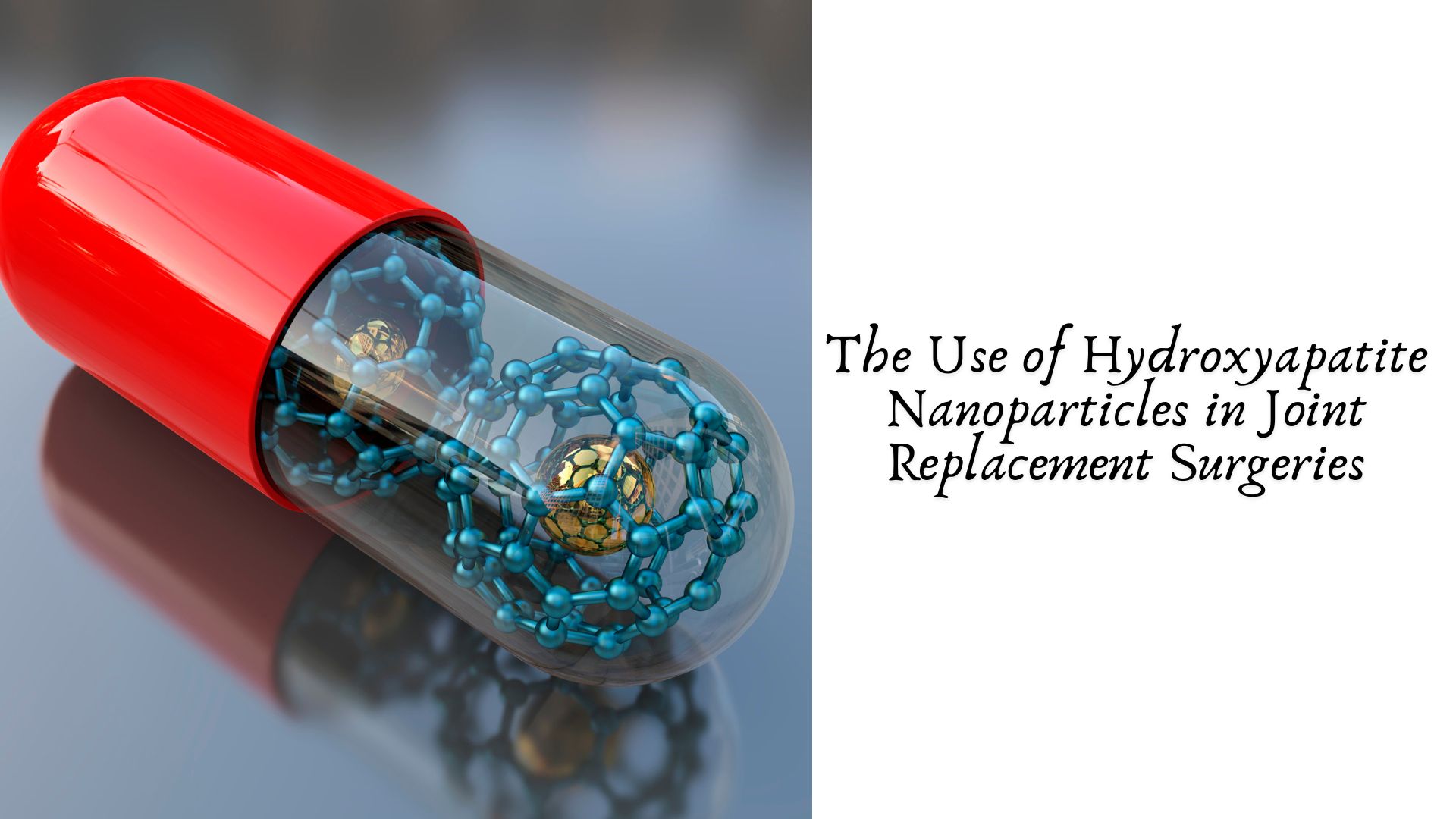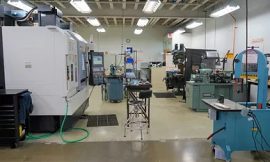Joint replacement surgeries have become increasingly common as a solution for conditions such as osteoarthritis, rheumatoid arthritis, and trauma. These surgeries involve the replacement of damaged joint surfaces with artificial components, often made from materials like metals and plastics. However, the longevity and effectiveness of these implants can be significantly improved by incorporating advanced materials such as hydroxyapatite nanoparticles. This article explores the properties, applications, and benefits of hydroxyapatite nanoparticles in joint replacement surgeries.
Understanding Hydroxyapatite
Hydroxyapatite is a naturally occurring mineral form of calcium apatite, primarily found in human bone and teeth. Its chemical formula is Ca10(PO4)6(OH)2, and it closely resembles the mineral component of bone. Because of its biocompatibility, osteoconductivity, and similarity to natural bone, hydroxyapatite has become a popular choice in orthopedic and dental applications.
Properties of Hydroxyapatite Nanoparticles
The unique properties of hydroxyapatite nanoparticles make them particularly advantageous in joint replacement procedures:
- Biocompatibility: HA is non-toxic and integrates well with human tissues, reducing the risk of rejection and complications.
- Osteoconductivity: HA promotes the attachment and proliferation of osteoblasts (bone-forming cells), facilitating better bone integration and healing.
- Porosity: The porous structure of HA nanoparticles allows for better nutrient and oxygen exchange, promoting cell growth and tissue regeneration.
- Bioactivity: HA exhibits bioactive properties, meaning it can interact chemically with the surrounding biological environment, encouraging bone growth.
Applications of Hydroxyapatite Nanoparticles in Joint Replacement
Hydroxyapatite nanoparticles can be utilized in various ways within joint replacement surgeries:
Coatings for Implants
One of the most significant applications of HA nanoparticles is as a coating for metal implants, such as titanium or cobalt-chromium alloys. These coatings enhance the surface properties of the implants, improving their compatibility with bone tissue. The rough and porous nature of HA coatings encourages osseointegration, which is the direct structural and functional connection between living bone and the surface of the implant. Research has shown that HA-coated implants lead to faster healing times and lower rates of implant failure.
Bone Cements
HA nanoparticles can be incorporated into bone cement used during joint replacement surgeries. Bone cement, typically made of polymethyl methacrylate (PMMA), provides mechanical stability and fills gaps between the implant and the bone. By adding HA nanoparticles to the cement, the overall bioactivity and mechanical properties are enhanced. This combination not only supports the immediate fixation of the implant but also promotes long-term bone integration.
Scaffolds for Bone Regeneration
In cases where significant bone loss has occurred, HA nanoparticles can be utilized to create scaffolds that support bone regeneration. These scaffolds serve as a three-dimensional structure that encourages new bone growth while providing mechanical support. By incorporating HA into these scaffolds, researchers aim to improve the rate and quality of bone healing, which is crucial for the success of joint replacement surgeries.
Benefits of Hydroxyapatite Nanoparticles in Joint Replacement Surgeries
The incorporation of hydroxyapatite nanoparticles in joint replacement procedures offers numerous benefits:
Enhanced Osseointegration
The primary benefit of using HA nanoparticles is the enhanced osseointegration of implants. Faster and more effective integration with bone reduces the risk of implant loosening, which is a common cause of failure in joint replacement surgeries.
Reduced Inflammation and Complications
HA’s biocompatibility helps minimize inflammation and other adverse reactions. This leads to a lower risk of postoperative complications, resulting in improved recovery times for patients.
Improved Longevity of Implants
By enhancing the bonding between the implant and the surrounding bone, HA nanoparticles contribute to the long-term stability and longevity of joint implants. This is particularly important in younger patients who may require a revision surgery if the implant fails.
Customization of Implants
With advancements in nanotechnology, HA nanoparticles can be tailored for specific applications, allowing for the customization of implants based on individual patient needs. This personalized approach can improve surgical outcomes and patient satisfaction.
Current Research and Future Directions
Ongoing research is focused on exploring new ways to incorporate hydroxyapatite nanoparticles into joint replacement surgeries. Some areas of investigation include:
- Combination Materials: Researchers are exploring the use of HA nanoparticles in conjunction with other biomaterials to create hybrid implants that combine the best properties of each material.
- 3D Printing: The application of 3D printing technology in creating HA-based scaffolds and implants is gaining traction, allowing for precise customization and complex geometries.
- Drug Delivery Systems: HA nanoparticles are being studied for their potential use as drug delivery systems, providing localized delivery of therapeutic agents to enhance healing and reduce infection rates.
Conclusion
The use of hydroxyapatite nanoparticles in joint replacement surgeries represents a significant advancement in orthopedic medicine. With their unique properties and potential applications, HA nanoparticles enhance the integration, stability, and longevity of joint implants. As research continues to explore their capabilities, the future of joint replacement surgery looks promising, with the potential for improved patient outcomes and quality of life. The integration of innovative materials like hydroxyapatite nanoparticles is paving the way for safer, more effective, and personalized joint replacement solutions.




